iCup Drug Test FAQ’s
iCup Drug Test FAQ’s. Answers to questions about the iCup drug test. Learn how to use the drug test and read the test results.
Frequently asked questions about the iCup drug test answered here.
What Drugs does the iCup test for?
What Drugs does the iCup test for? Valerie Smith 2020-04-10T10:21:03-04:00
What Drugs does the iCup test for?
The drugs of abuse are listed below. The icup drug test are available in several panel options. The drug test can be purchased with or without adulteration test (Checks for tampering). You should select the icup drug test panel configuration that covers all the drug you need to test.
Amphetamine (AMP), Barbiturates (BAR), Benzodiazepines (BZO), Cocaine (COC), Ecstasy (MDMA), Methadone (MTD), Methamphetamine (MET), Opiates (MOR), Opiates (OPI), Phencyclidine (PCP), Marijuana (THC), Tri-Cyclic Antidepressants (TCA), Propxyphene (PPX), Oxycodone (OXY), Amphetamine (AMP300), Cocaine (COC150), Methamphetamine (MET500)
iCup Drug Test are available without adulteration tests in the configurations listed below:
- I-DOA-1237 3 Panel iCup: COC, THC, mAMP
- I-DOA-3137 3 Panel iCup : COC, THC, OPI
- I-DOA-177-031 7 Panel iCup: COC, THC, OPI, AMP, mAMP, MDMA, PCP
- I-DOA-197-041 9 Panel iCup : COC, THC, OPI, AMP, mAMP, PCP, BAR, BZO, PPX
- I-DOA-1107-051 10 Panel iCup: COC, THC, OPI, AMP, mAMP, BAR, BZO, PPX, MDMA, OXY
- I-DOA-1137-011 13 Panel iCup: COC, THC, OPI, AMP, mAMP, BAR, BZO, PPX, OXY, BUP, MTD, PCP, TCA
iCup drug test with adulteration test strips are available in the configurations listed below:
- I-DUA-147-012 – 4 panel iCup – COC, THC, OPI, mAMP plus adulterant test (OX, SG, PH)
- I-DUA-157-013 – 5 panel iCup – COC, THC, OPI, AMP, mAMP plus adulterant test (OX, SG, PH)
- I-DUA-157-023 – 5 panel iCup – COC, THC, OPI, AMP, PCP plus adulterant test (OX, SG, PH)
- I-DUA-157-034 – 5 panel iCup – COC, THC, OPI, mAMP, PCP plus adulterant test (OX, SG, PH)
- I-DUA-167-012 – 6 panel iCup – COC, THC, OPI, AMP mAMP, PCP plus adulterant test (OX, SG, PH)
- I-DUA-167-022 – 6 panel iCup – COC, THC, OPI, AMP, mAMP, BZO plus adulterant test (OX, SG, PH)
- I-DUA-167-291 – 6 panel iCup – COC, THC, OPI, AMP300, OXY, MDMA, plus adulteration (OX, SG, PH)
- I-DUD-187-013 – 8 panel iCup – COC, THC, OPI, AMP,mAMP, PCP, BZO, BAR plus adulteration (OX, SG, PH)
- I-DUD-197-014 – 9 panel iCup – COC, THC, OPI, AMP, mAMP,PCP, BZO, BAR, MTD plus adulteration (OX, SG, PH, NI, GL, CR)
- I-DUD-1107-012 – 10 panel iCup – COC, THC, OPI, AMP, mAMP, PCP
- I-DUE-1127-022 – 12 panel iCup – COC, THC, OPI, AMP, mAMP, PCP, BZO, BAR, MTD, TCA, OXY, PPX plus adulteration (OX, CR, PH)
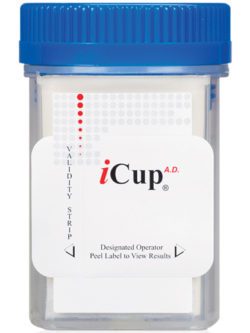
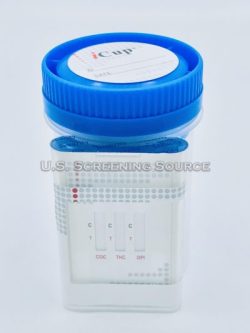
Quick View
iCup 3 Panel Urine Drug Test I-DOA-3137
0 out of 5
Quick View
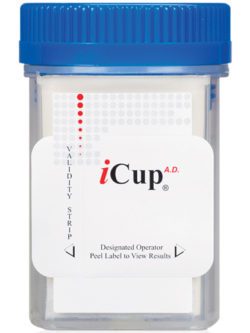
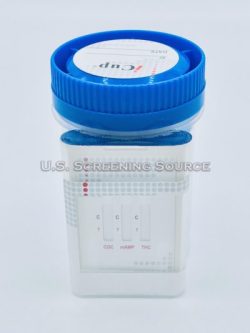
Quick View
iCup 3 Panel Urine Drug Test Kit I-DOA-1237
0 out of 5
Quick View
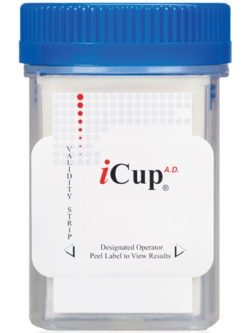
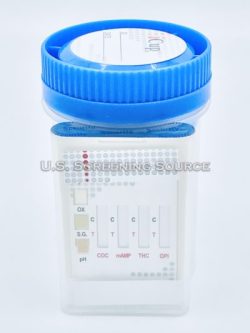
Quick View
iCup 4 Panel Urine Drug Test I-DUA-147-012
0 out of 5
Quick View
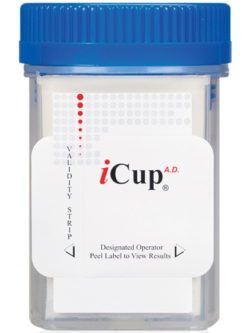
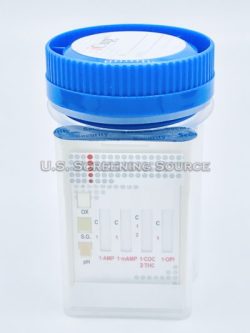
Quick View
iCup 5 Panel Urine Drug Test Cup I-DUA-157-013
0 out of 5
Quick View
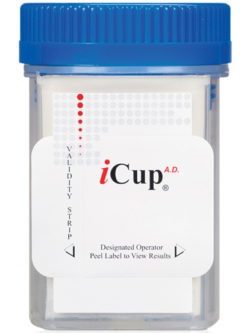
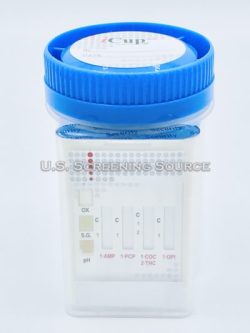
Quick View
iCup 5 Panel Urine Drug Test I-DUA-157-023
0 out of 5
Quick View

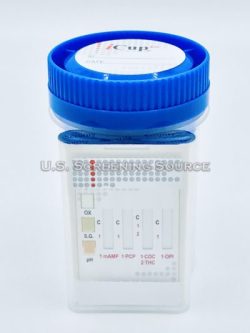
Quick View
iCup 5 Panel Urine Drug Test I-DUA-157-034
0 out of 5
Quick View

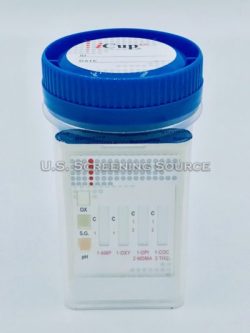
Quick View
iCup 6 Panel Urine Drug Test Cup I-DUA-167-291
0 out of 5
Quick View
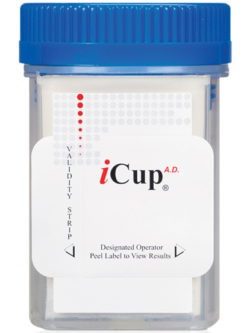
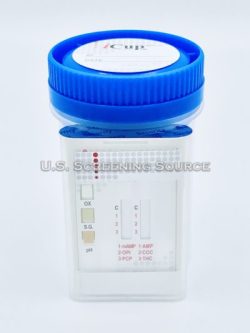
Quick View
iCup 6 Panel Urine Drug Test I-DUA-167-012
0 out of 5
Quick View
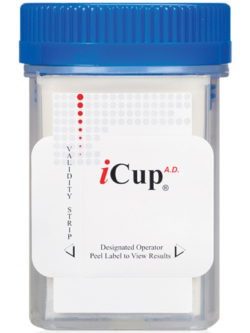
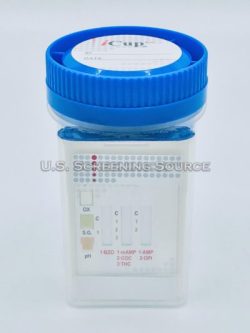
Quick View
iCup 6 Panel Urine Drug Test I-DUA-167-022
0 out of 5
Quick View

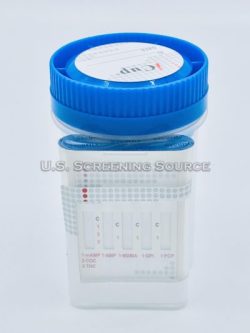
Quick View
iCup 7 Panel Urine Drug Test I-DOA-177-031
0 out of 5
Quick View
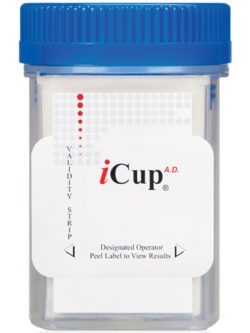
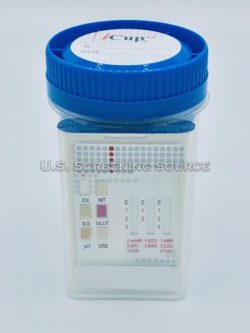
Quick View
iCup 8 Panel Urine Drug Test Cup I-DUD-187-013
0 out of 5
Quick View

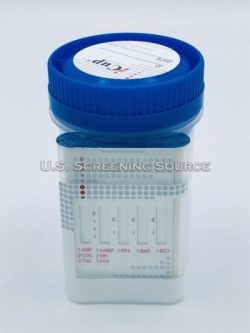
Quick View
iCup 9 Panel Urine Drug Test I-DOA-197-041
0 out of 5
Quick View
How do you read the iCup Drug Test?
How do you read the iCup Drug Test? Valerie Smith 2020-06-30T10:46:49-04:00
How to Read the iCup Drug Test Results
Test Results
NEGATIVE: Two lines appear. One red line should be in the control region (C), and another apparent
red or pink line adjacent should be in the test region (T). This negative result indicates that the drug
concentration is below the detectable level. *NOTE: The shade of red in the test line region (T) will vary, but it should be considered negative
whenever there is even a faint pink line.
POSITIVE: One red line appears in the control region (C). No line appears in the test region (T).
This positive result indicates that the drug concentration is above the detectable level.
INVALID: Control line fails to appear. Insufficient specimen volume or incorrect procedural techniques
are the most likely reasons for control line failure. Review the procedure and repeat the test using a new
test panel. If the problem persists, discontinue using the lot immediately and contact your manufacturer.
Adulteration Interpretation
pH: Tests for the presence of acidic and alkaline adulterants. Normal urine pH ranges from 4.0 to 9.0.
Values below pH 4.0 or above pH 9.0 are indicative of adulteration.
Specific Gravity: Tests for sample dilution. Normal levels for specific gravity will range from 1.003-1.030.
Specific gravity levels of less than 1.003 or higher than 1.030 are an indication of adulteration.
Oxidants: Tests for the presence of oxidants, such as bleach and peroxide, in the urine. Oxidants, when
present in the urine, will produce a blue or green color.


























